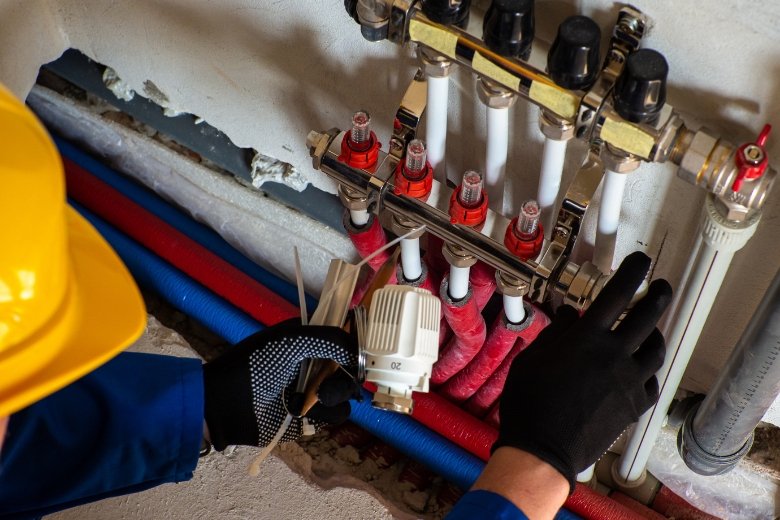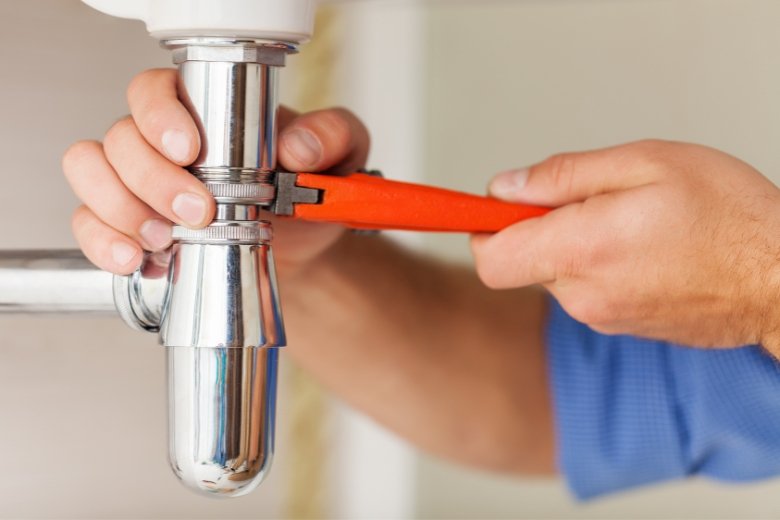A plumbing installation project, whether for a new home or a renovation, can be a significant undertaking. Proper planning and execution are crucial to ensuring a well-functioning, efficient, and long-lasting plumbing system. In this blog, we will provide you with a comprehensive guide to help you navigate through the various stages of a plumbing installation project.
Planning and Design
The first step in any plumbing installation project is to create a detailed plan and design for your plumbing system. This process involves:

- Assessing your home’s water usage requirements, including the number of bathrooms, kitchen appliances, and outdoor fixtures.
- Determining the appropriate pipe sizes, materials, and layouts to ensure sufficient water pressure and flow throughout the property.
- Consulting with a professional plumber to ensure your design meets local building codes and industry standards.
Choosing the Right Plumbing Materials
Selecting the right materials for your plumbing system is crucial for its durability and performance. Some popular choices include:
- Copper: Known for its durability, resistance to corrosion, and excellent heat conductivity, copper is a popular choice for water supply lines.
- PEX (Cross-linked Polyethylene): Flexible and easy to install, PEX is a popular choice for both water supply and radiant heating systems.
- PVC (Polyvinyl Chloride) and CPVC (Chlorinated Polyvinyl Chloride): These plastic materials are often used for drain, waste, and vent pipes due to their affordability and ease of installation.
Consult with your plumber to determine the best materials for your specific needs and budget.
Hiring a Professional Plumber

While some homeowners may attempt a DIY plumbing installation, hiring a professional plumber is highly recommended for a successful project. A licensed and experienced plumber can ensure proper installation, adherence to local codes, and address any potential issues that may arise during the project.
Preparing the Site
Before beginning the plumbing installation, it’s essential to prepare the site. This may involve:
- Removing any existing plumbing fixtures, pipes, or appliances.
- Marking the locations of new fixtures and pipes on the walls and floors.
- Ensuring that all necessary permits have been obtained.
Installation Process
Once the site is prepared, the plumber will begin installing the new plumbing system. This process typically involves:
- Installing water supply pipes and drain, waste, and vent lines.
- Connecting plumbing fixtures, such as sinks, toilets, and bathtubs, to the pipes.
- Installing appliances, such as water heaters and garbage disposals.
- Testing the system for leaks, proper water flow, and pressure.
Finishing Touches
After the plumbing installation is complete, the final touches will be added, such as:
- Insulating pipes to prevent heat loss and protect against freezing.
- Sealing any gaps or openings around pipes to prevent drafts and moisture intrusion.
- Installing access panels to provide easy access to plumbing components for future maintenance.
Regular Maintenance

Proper maintenance is essential for the longevity and efficiency of your new plumbing system. Establish a routine of regular inspections, cleaning, and servicing to keep your system in top condition.
Conclusion
A successful plumbing installation project requires careful planning, the right materials, and professional expertise. By following this comprehensive guide, you can ensure a well-executed project that results in a reliable and efficient plumbing system for your home.

